Discovery of "steel wire Westerner"
The national treasure, the Phong Le dancing Shiva relief, was discovered by the French Vietnamologist Camille Paris in Phong Le (Da Nang) around 1890 along with a number of other artifacts. He was also known as "the Western man with steel wire" because he worked in the postal and telegraph industry, responsible for building the Central Vietnam telegraph line from Hue to Saigon in the period 1885 - 1889. He also continued to work at the post office in Da Nang - the location chosen to build the Da Nang Museum of Cham Sculpture later.
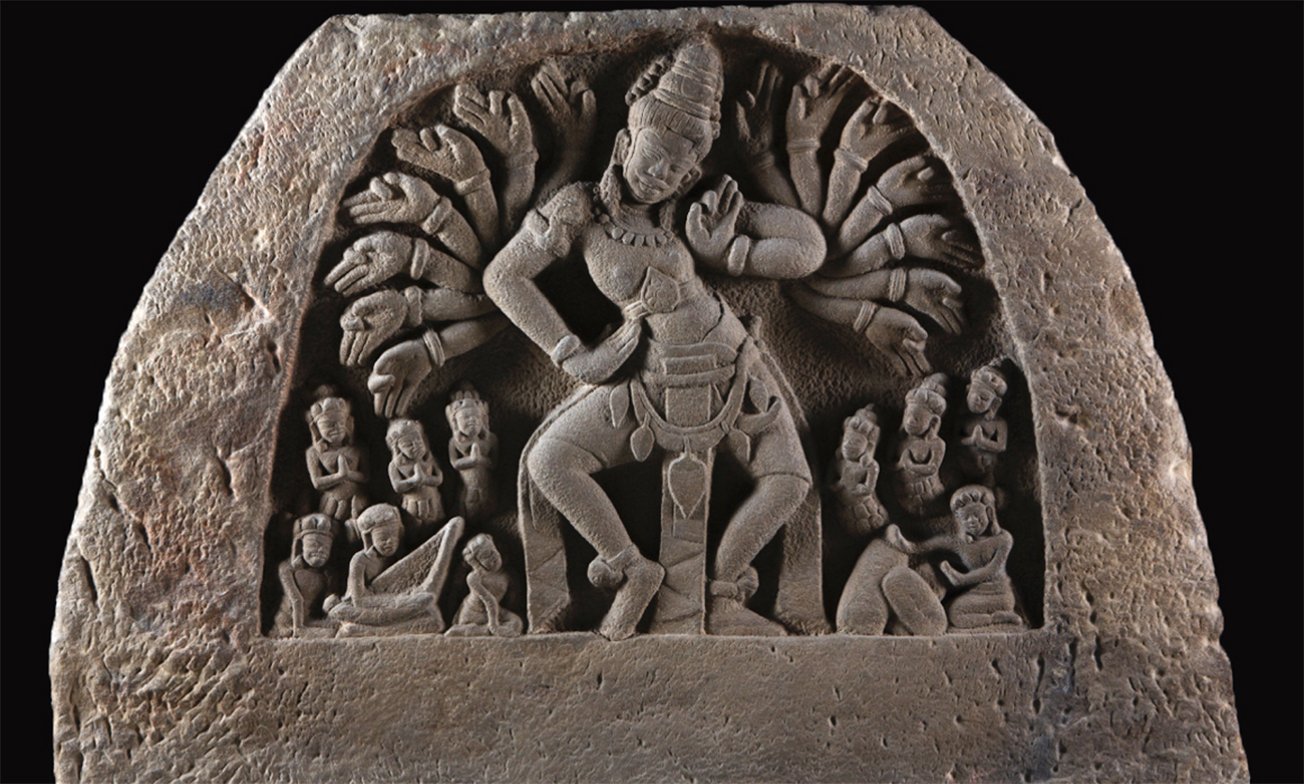
National Treasures Shiva Dancing in Phong Le Relief
PHOTO: PROVIDED BY THE DEPARTMENT OF CULTURAL HERITAGE
The post office job did not occupy all of his life in Da Nang. He also invested in agriculture , investing in a coffee plantation in Phong Le, a few kilometers from Da Nang. In Phong Le, he found many traces of Cham culture, and also spent time on cartography, ethnology and archaeology. These causes led him to find the relief of Shiva dancing in Phong Le. He brought it back to Da Nang. This artifact was inventoried by the École Française d'Extrême-Orient (EFEO) in 1901.
According to the national treasures record, the Phong Le Shiva dancing relief treasure depicts Shiva in the form of Nataraja (king of dancing), below are 6 worshiping figures and 4 musicians playing various instruments. The Nataraja form is the form that symbolizes absolute power and is the most perfect expression of Shiva.
The God Shiva Phong Le has 16 arms, the 2 main arms are shown in front, with the right hand resting on the hip, the left hand folded to spread the hand in front of the armpit. From the god's shoulder radiate 14 secondary arms, each side has 7 arms in the same position, the wrist has a bracelet, the main right arm has a snake bracelet, the secondary hands and the main left hand have the index finger bent down into the middle of the palm, the remaining fingers are stretched out, creating the arala mudra position.
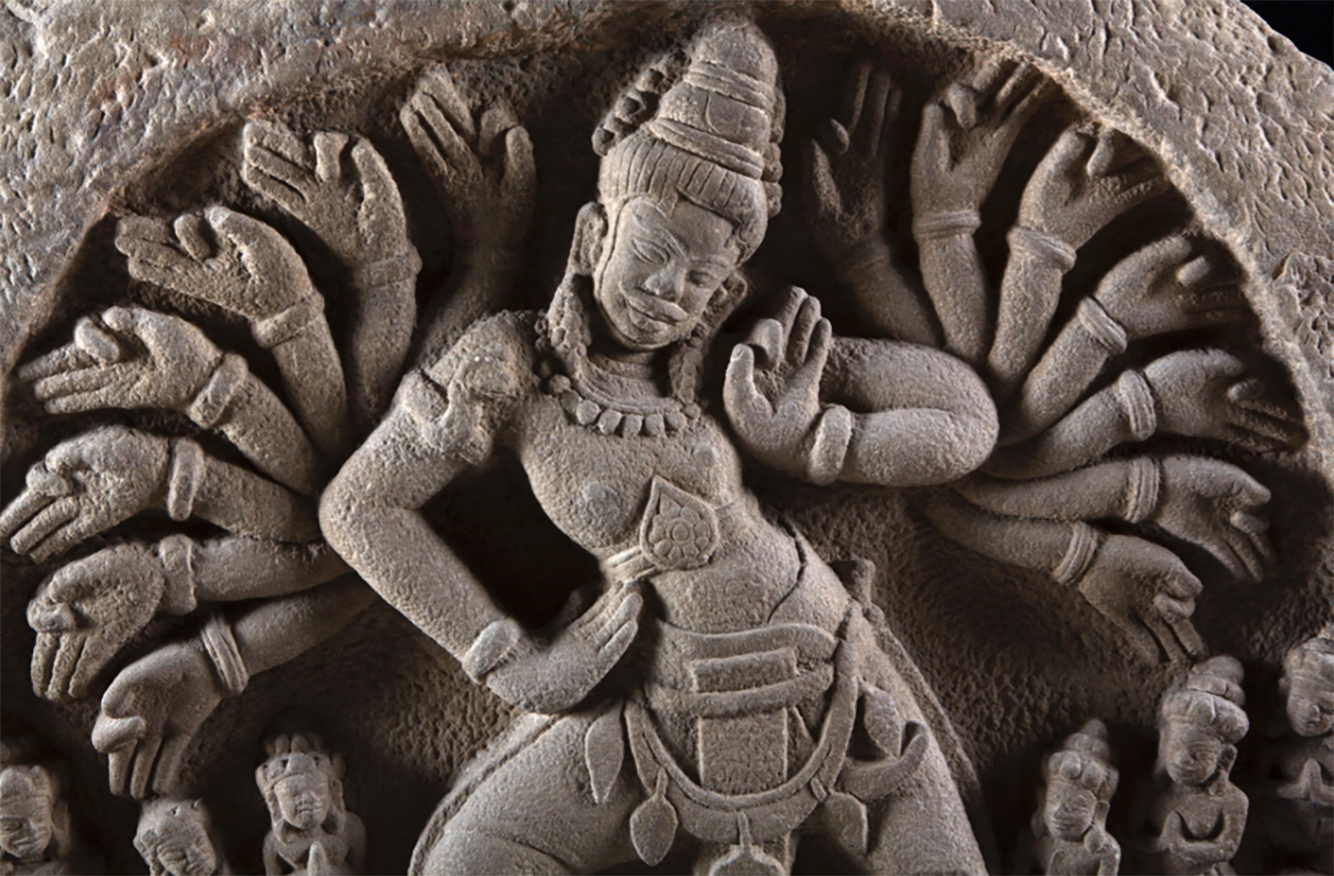
Shiva Phong Le has 16 arms
PHOTO: PROVIDED BY THE DEPARTMENT OF CULTURAL HERITAGE
Records show that, according to Hinduism, at the end of each cosmic cycle, Lord Shiva as Nataraja performs his divine dance to destroy the old lifeless universe, preparing for the creation of the new universe. These are also the two aspects of Shiva's nature - destruction for regeneration and creation.
On both sides of Shiva are groups of figures. The middle group consists of six worshippers with their hands clasped together in the middle of their chests, wearing three-tiered crowns decorated with leaves, and adorning their ears. Their upper bodies are bare, and their lower bodies are covered with scales. The lower group consists of one person on the left and three people on the right, either sitting or kneeling in a scene of playing instruments, singing, and playing drums. The four musicians all wear crowns shaped like leaves and have a hairpin in their buns, except for the musician closest to the god's feet, whose hair is loose and has no hairpin.
Vivid and unique
Research by Mr. Nguyen Quoc Huu (Vietnam National Museum of History) shows that the way Shiva Nataraja is depicted is very diverse. The most obvious manifestation of diversity is the number and gestures of Shiva's hands. Sometimes the god is depicted with 4 hands, 6 hands, 8 hands. With this Shiva Phong Le painting, the number of hands is up to 16. In addition, the treasures Shiva holds are also diverse.
"The relief found in Phong Le depicts the god Shiva with 16 hands, all in the Vitarka gesture (teaching gesture), the thumb and index finger of each hand clasped together in a circle representing the continuous flow of information energy, teaching and intellectual debate," Mr. Quoc Huu commented.
This is different from the relief of Shiva dancing found in Thap Mam (formerly Binh Dinh), Gia Lai. Accordingly, the two remaining hands of the God are holding a trident, a symbol of creation - preservation - destruction and a sword representing liberation. Some other Shiva specimens in Quang Tri, Quang Nam (formerly) show that God Shiva is using many different types of treasures such as lotus, rosary, Naga snake, Parashu axe, Damaru drum...
According to the analysis of Jean Boisselier, a famous Southeast Asian art historian, the face of Shiva on this relief is depicted with a beard. This is an artistic feature influenced by the plastic elements of the Koh Ker style in Khmer art around the beginning of the 10th century and only appeared in a short period in Champa sculpture.
Specifically, the overall composition of Shiva's face still has the inheritance and continuity of Dong Duong style. This is shown through the short chin, large and intersecting eyebrows, flared nose, thick lips... Besides, some new details of the early period of Khuong My style appear in this work, making the god's face less heavy and solemn. Shiva's hair is tied up in a high top with horizontal braids, on the hair there is a crescent moon sign like the Devi statue, dated 10th century (statue recognized as National Treasure in the first phase, in 2012).
Therefore, the National Heritage Council considers the Phong Le dancing Shiva relief as one of the masterpieces that bears the artistic characteristics of Champa sculpture in the early 10th century with extensive interaction with Hindu and Southeast Asian art. This is a beautiful, very unique and almost intact work. The work is classified as a transitional period between the Dong Duong style and the beginning of the Khuong My style, dating back to around the early 10th century. (continued)
Source: https://thanhnien.vn/doc-la-bao-vat-quoc-gia-dieu-nhay-vu-tru-cua-than-shiva-o-phong-le-185250712223616473.htm









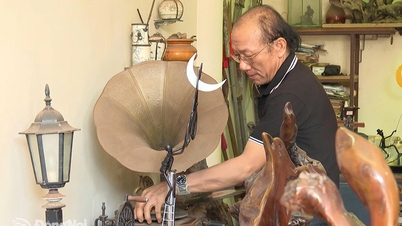

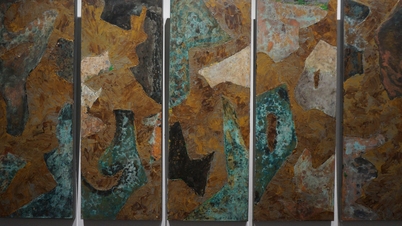

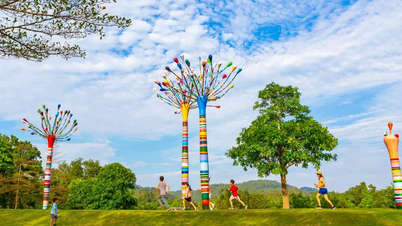


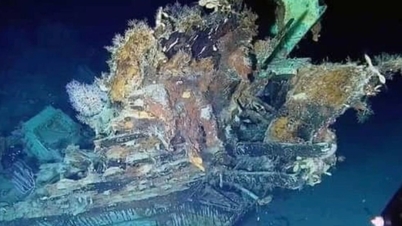

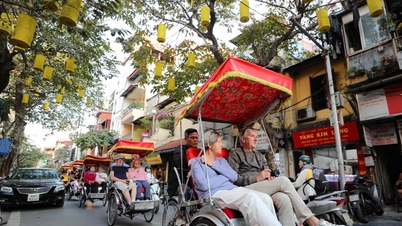

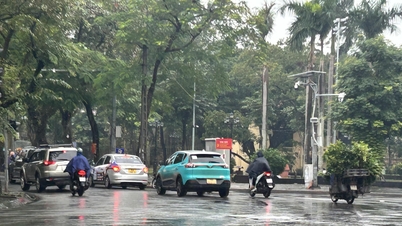

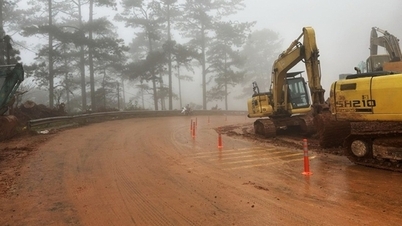

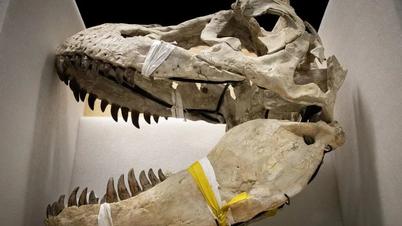
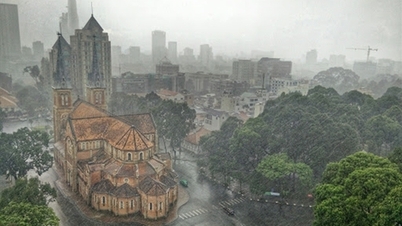





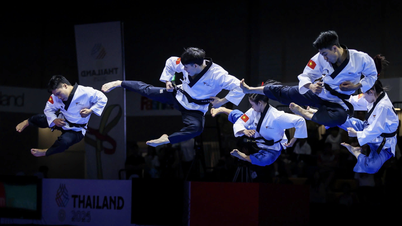

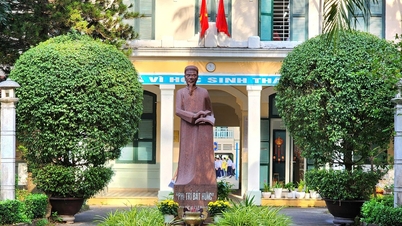



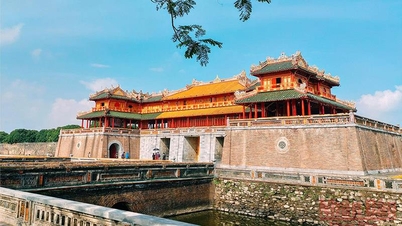


![[Video] The craft of making Dong Ho folk paintings has been inscribed by UNESCO on the List of Crafts in Need of Urgent Safeguarding.](https://vphoto.vietnam.vn/thumb/402x226/vietnam/resource/IMAGE/2025/12/10/1765350246533_tranh-dong-ho-734-jpg.webp)

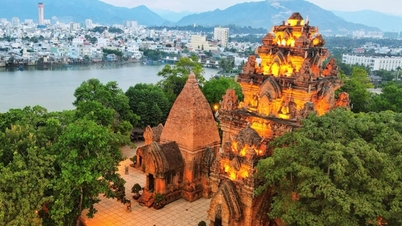



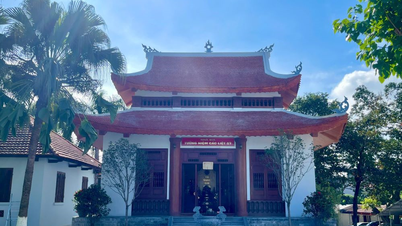

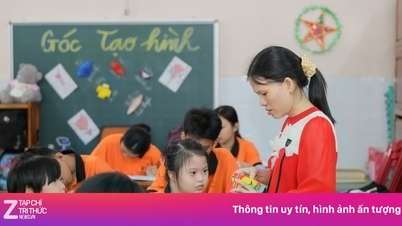




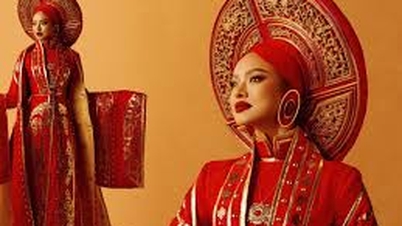
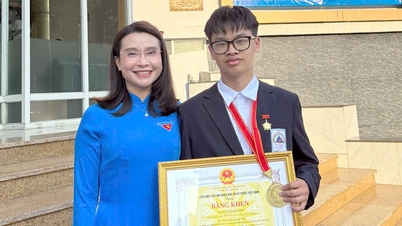













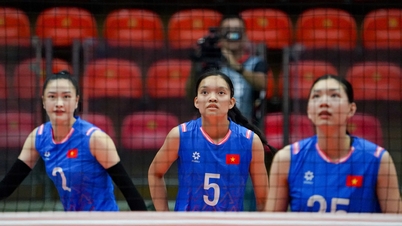


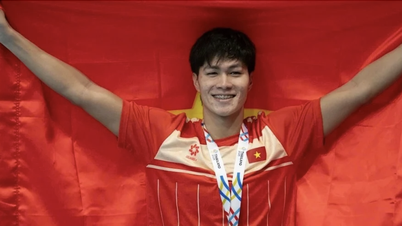

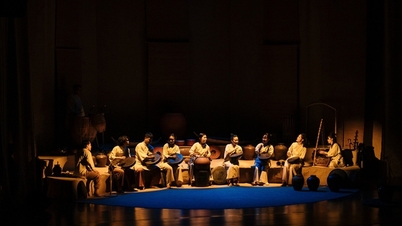




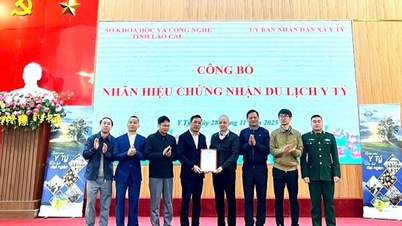
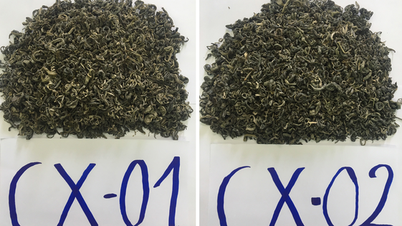

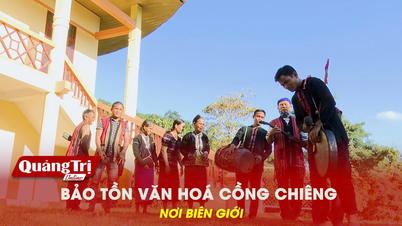



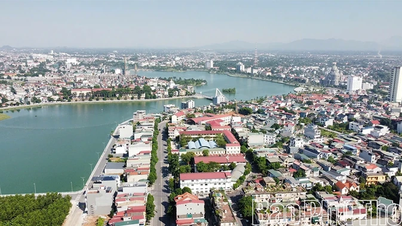

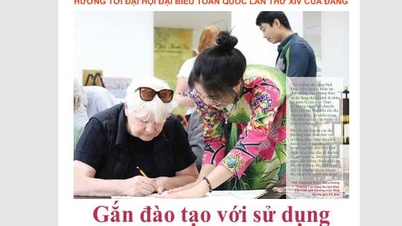

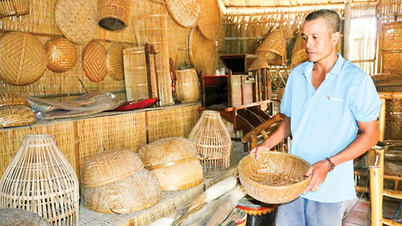














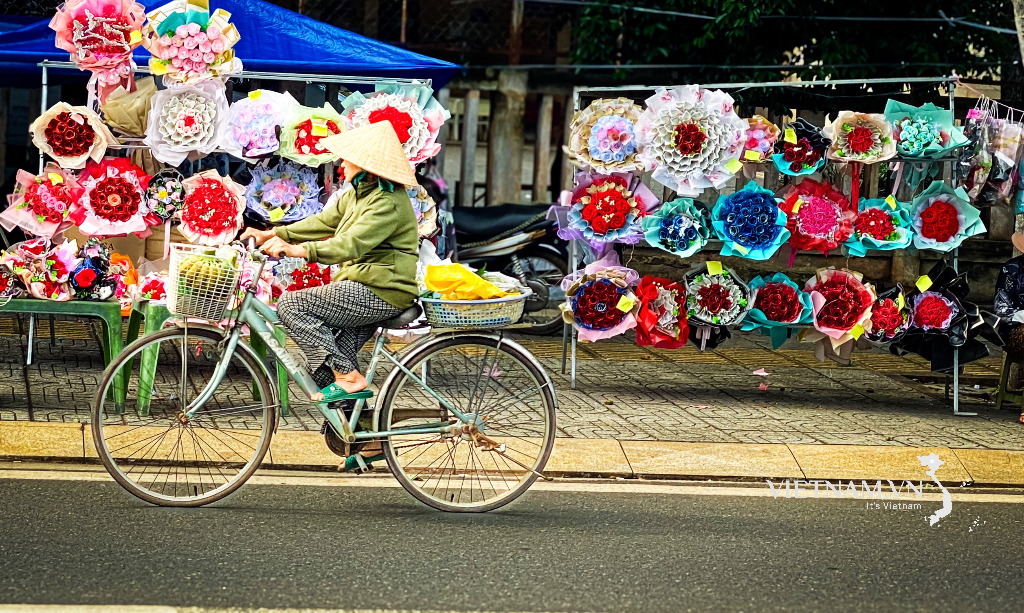





Comment (0)